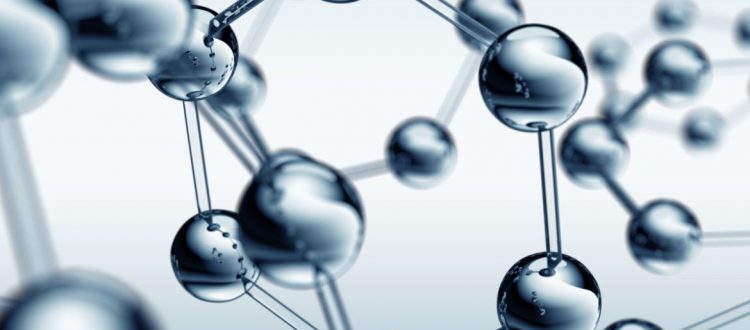
In the past two decades, many novel peptides have been discovered. And new information on how peptides benefit the skin has emerged. Cosmeceutical peptides help combat both intrinsic and extrinsic aging. Clinical skin investigations have shown that specific peptides are effective. Copper tripeptide, a well-known and documented peptide, is continuously being studied to discover its usefulness and create novel therapies. Carnosine and Palmitoyl pentapeptide-4 are two more cosmeceuticals with a solid scientific foundation.
Some research findings, on the other hand, are scant or nonexistent. Topical peptides that have been demonstrated effective in controlled in vivo trials are summarized in this article.
Introduction
Amino acid polymers are the building blocks of peptides and proteins. The word peptide is derived from the Greek word pepton [peptos: digested]. Emil Fischer and Hofmeister discovered the first peptides in the early 19th century. Fischer and Fourneauin reported the first peptide synthesis in 1901. Peptide structure was further detailed in Fischer’s lectures, including dipeptides (two peptides joined together), tripeptides (three), and polypeptides. The discovery of novel peptides, the discovery of additional natural peptides, and the discovery of their roles took place throughout the following years. Various synthetic peptides were created due to the increased understanding of natural and synthetic peptides.
Various synthetic peptides were created due to the increased understanding of natural and synthetic peptides. Loren Pickard created the copper glycine-histidine-lysine (Cu-GHK) compound in 1973. Short, stable, and synthetic peptides that play a role in forming the extracellular matrix, pigmentation, innate immunity, and inflammation have been generated by research and industry. Collagen stimulation wound healing, “Botox-like” wrinkle-smoothing, and antioxidative, antibacterial, and whitening properties are all achieved using this peptide group.
Topical peptides may be divided into the signal, carrier, enzyme inhibitor peptides, and neurotransmitter inhibitor peptides. Due to skin barriers, it has long been considered that the molecular weight of peptides should be between 1 and 3, and their melting point should be less than 500 Da for the peptides to pass through the barrier. If the water solubility is more than one milligram per milliliter, and the logarithmic partition coefficient for octanol/water is between 1 and 3, the melting point should be below 200 degrees Celsius.
Topical Peptides for Hair Growth
It is collagen’s job to move nutrients across the body and communicate with cells. One of the initial ways that peptides aid with hair development is by giving one of the fundamental building blocks for the hair itself. Which is derived from collagen. Antioxidant activity is the second method peptides benefit the hair. Free radicals have an easy time damaging hair follicles.
Topical peptides and PRP
The peptides telling the body to develop more vital tissues in the region, inhibit adverse hormone effects, and activate cells to extend the period that hair follicles remain in their active growth phase using PRP and Peptides. Both procedures revitalize cells in the hair follicles and on the scalp, and when used in tandem, they are much more potent. Additionally, the peptides communicate to the body to develop more vital tissues and inhibit the harmful effects of hormones, all while the PRP is regenerating cells. Buy topical peptides online for low prices and high purity.

















Follow Us